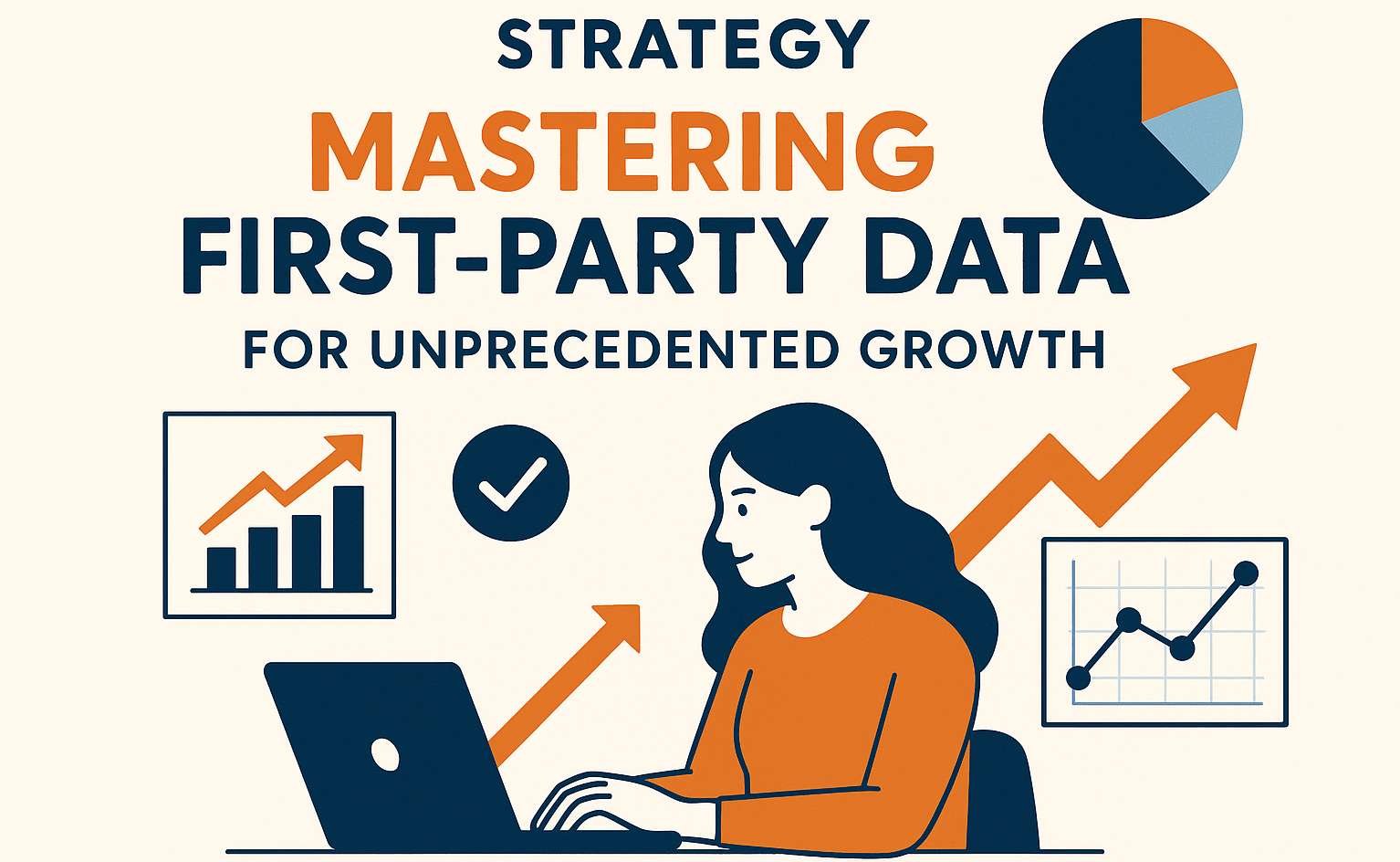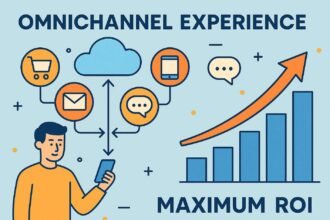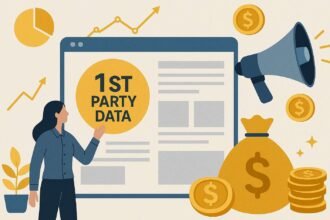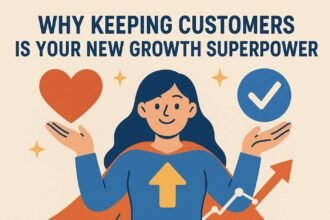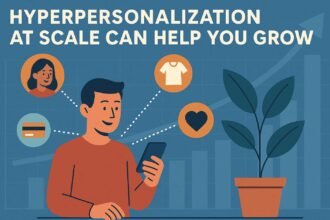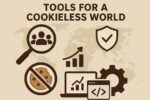“Data is the new oil” is something we’ve all heard. But not all data is the same in the digital world we live in today. As third-party cookies go away and privacy laws get stricter, the real treasure isn’t in data you buy; it’s in the data you already have.
This is first-party data: the information you get directly from your customers through your website, app, surveys, transactions, or CRM. Third-party data is often generic and not very reliable. First-party data, on the other hand, is real, specific, and most importantly, yours.
So how do you turn this raw material into something that will help you grow? Let’s take it apart.
Step 1: Build a Strong Base of Data
You can think of first-party data as a library. It’s not useful if you just throw all the books in a corner. But it becomes powerful when it is well organized.
A. Collect Data the Right Way
Being open is important. People are more likely to share information if they think it will be useful to them. Some examples are:
- Website and app analytics: let you see how many people visit, click, and buy things.
- CRM systems: keep track of interactions and customer history.
- Surveys and feedback: ask your customers directly what they want.
- Transactional Data: know how often people buy and how much they spend.
- Social Media Engagement: find out what people like, share, and comment on.
B. Draw the Lines
Data from different places needs to be combined. A Customer Data Platform (CDP) makes a single, 360-degree profile of each customer.
C. Smartly Segment
There are differences between customers. For better targeting, break data into smaller pieces:
| Type of Data | Examples | Why It Matters |
|---|---|---|
| Demographics | Age, sex, and where you live | Basic targeting |
| Behavioral | Purchases, browsing, and engagement | Predicts what someone wants |
| Psychographics | Values, interests, and way of life | Makes people loyal |
The more specific your segments are, the more personal your campaigns will be.
Step 2: Make Money from Data
The next step is to make money from your data once it’s organized. There are two ways this can happen: directly and indirectly.
A. Direct Monetization
You sell or package information that you get from your data:
- Data-driven services: like a food app that shares anonymous trend data with restaurants.
- Subscription Models: premium tiers that give you personalized suggestions.
- Personalized Products: a fashion brand makes style boxes based on what you have bought in the past.
B. Making Money Indirectly
The more common and effective way is to use data to make your main business better:
- Better Ads: use first-party data to run campaigns that are more targeted and cost less.
- Better UX: personalized emails, recommendations, and content.
- Product Innovation: look for gaps or trends in how customers act.
- Better retention: predict when customers will leave and do something about it before they do.
Step 3: Be Honest
Your customers’ trust is your most valuable asset, not just the data. If you abuse it, you’ll lose everything.
- Be open about what you collect and why.
- Get Permission—always let people control their own data.
- Put security first—one breach can destroy years of trust.
Last Thoughts
It’s not a setback that third-party cookies are going away; it’s a chance. Companies that know how to use first-party data will go from marketing to a lot of people to building deep, personal relationships with their customers.
When used correctly, first-party data changes from just numbers into a strategic growth engine that powers smarter ads, stronger loyalty, and more innovation.
In a world where people are skeptical and don’t have much time, the brands that win will be the ones that offer two things: real respect for privacy and personalized value.


